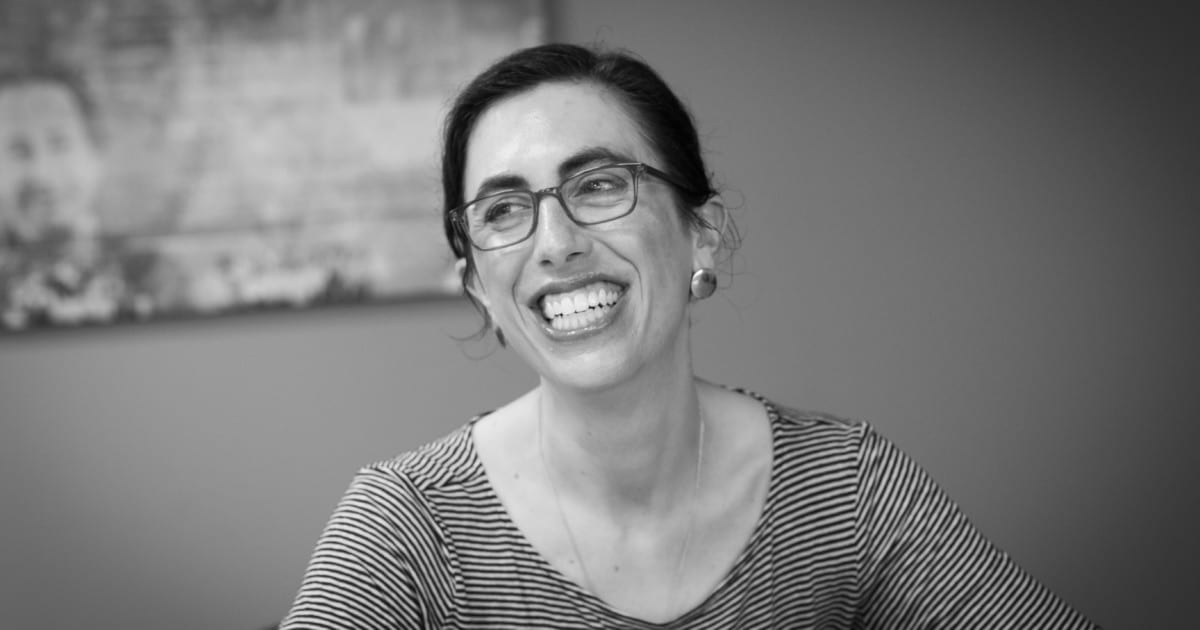Government Report Finds High Rates of Food Insecurity Among 1 College Students
A recent report from the Government Accountability Office (GAO), a nonpartisan congressional watchdog agency, cites widespread evidence of hunger on college campuses and urges officials to work with states and colleges to help more students get access to government food assistance. The GAO reviewed 31 studies of student access to food and found food insecurity rates ranged from 9% to more than 50%, with 22 studies estimating that more than 30% of students are food insecure. The data suggest that the problem is more prevalent among community college students than those at four-year colleges. According to the report, 57% of students from low-income backgrounds (nearly 2 million individuals) who were potentially eligible for the federal Supplemental Nutrition Assistance Program in 2016
did not receive the benefits. Confusion over eligibility often hinders access, as federal law bars many full-time college students from participating in the nutrition program. There are exceptions though, including parents with young children, participants in federal work-study programs, recipients of Temporary Assistance for Needy Families and students who work at least 20 hours a week. The report recommended the Agriculture Department’s Food and Nutrition Service clarify on its website who is eligible and share more information on state efforts to promote the program among college students. Many colleges have set up campus food pantries and taken other steps to combat hunger. The GAO found more than 650 colleges had pantries or were developing them.
Graduation Rates of Community College Transfer Students
According to a new report from the Jack Kent Cooke Foundation, Persistence: The Success of Students Who Transfer from
Community Colleges to Selective Four-Year Institutions, graduation rates of community-college transfers meet or exceed those of students who enroll at selective institutions as first-time freshman. Community-college transfers also graduate at higher rates than students who transfer from other four-year colleges, earning their degrees within two and a half years, on average. However, selective institutions are less likely to enroll community college students than other institutions. Community college students represent fewer than half of all transfer students at selective institutions and are underrepresented compared with students coming from high school or transferring from other four-year institutions.
Center for Collegiate Mental Health Annual Report
The 2018 Center for Collegiate Mental Health (CCMH) Annual Report, which was released earlier this year, describes college students that seek mental health services at the college health center. The report found that college students seeking treatment continue to identify anxiety and depression as the most common concerns for seeking treatment. For the first time in five years, anxiety as assessed by clinicians did not increase in prevalence, whereas depression increased slightly again. Average rates of student self-reported anxiety and depression continue to increase while other areas of self-reported distress remain flat or are decreasing. Among students receiving mental health services, self-reported lifetime prevalence rates of “threat-to-self” characteristics (non-suicidal self-injury, 27.8%; serious suicidal ideation, 35.8%; and suicide attempts, 10.3%) increased for the eighth year in a row. However, only 8.2% of students seeking treatment report serious suicidality in the last month and clinicians report suicidality as a presenting concern for just under 10% of students. The rate of prior counseling (54.4%)
demonstrated an upward trend for the third year in a row.
This year, the report included a special section dedicated to examining the impact of counseling center policies on treatment outcomes. Using data from 118 college counseling centers in the United States, the researchers examined two common models of care: the access model, where students are assigned to counselors as soon as possible, even if the counselor had a full caseload, and the treatment model, in which students wait until therapists have an opening. Both models include immediate services for students who are suicidal. Researchers found that students at universities using a treatment model saw their therapist more often, waited fewer days between appointments, and had a greater reduction in symptoms. While an access model gets students into care for a first appointment sooner, counselors with too many patients often are unable to follow up with each of them regularly. Counseling centers are stretching to try to accommodate the growing demand for services and prioritizing rapid access to care, but this report highlights the negative impact these efforts can have.
Pell Grant Expansion to Incarcerated Americans Would Create Economic Benefit
According to a report published by the Georgetown Law School’s Center on Poverty and Inequality and the Vera Institute of Justice, expanding access to Pell Grants for incarcerated people would create measurable economic benefits. since 1994, incarcerated Americans have been excluded from the federal Pell Grant program, the most widely used form of financial aid for low-income students. Among incarcerated people in federal and state prisons, 64% are
academically eligible to enroll in a postsecondary education program. Access to postsecondary education in prison is limited; most existing programs are funded through the Second Chance Pell Experimental Sites Initiative, serving a maximum of 12,000 incarcerated students annually. The Vera Institute report estimates that if the ban were lifted, about 463,000 incarcerated people would be eligible for Pell Grants. The report also emphasizes that postsecondary education in prison increases employment and earnings for formerly incarcerated people. The report authors estimate that employment rates for incarcerated individuals participating in a postsecondary education program in prison will, on average, increase by nearly 10%. The report asserts that greater access to postsecondary education in prison will also reduce state prison spending. The economic benefits also extend beyond the incarcerated person; Businesses would have a larger pool of potential job applicants. According to the report, the ban on Pell Grants for people in prison has translated into fewer educational opportunities, contributing to the challenges they face on reentry and the cycle of poverty and recidivism.
Degree Attainment Up; 5 Achievement Gaps Persist
The National Student Clearinghouse Research Center Signature Report found that, on average, just 58% of students who started college in the fall of 2012 had earned any degree six years later. These numbers are up overall, but experts say they’re still too low and vary widely depending on type of school. Four-year private schools usually graduate more students than their public counterparts, and two-year community colleges and for-profit four-year schools have average completion rates below 40%. The report showed increases in the overall completion rate for black and Hispanic students who started at four-year public institutions; the completion rate increased by 1.6 percentage points to 7.6% for black students and 1.7 percentage points to 57.4% for Hispanic students. These increases surpassed the growth
observed for Asian and white students, whose completion rate grew approximately one percentage point from the fall 2011 to fall 2012 cohort. While these gains are promising, Asian and white students continue to have much higher completion rates than black and Hispanic students.
A recent, separate report on race and ethnicity in higher education from the American Council on Education showed that while college-student populations are growing more diverse, achievement gaps persist among different racial groups. All students of color now make up more than 45% of the undergraduate population, compared with less than 30% two decades ago. Nearly one-third of graduate students are now people of color. Hispanic students have shown the most growth in college enrollment and completion. Black students represent a larger share of the student population than 20 years ago, and a larger share of the students who graduate. But the report showed that in addition to having the lowest six-year completion rate of any racial group, black students who began college in the fall of 2011 also owed 15% more than other students after graduation: an average of $34,010, compared with $29,669 for all students. One-third of black students accumulated more than $40,000 in debt after graduation, versus 18% of students over all. And after graduation, black graduates between the ages of 25 and 34 had lower salaries than other graduates of a similar age, and their unemployment rate was two-thirds higher, on average.



